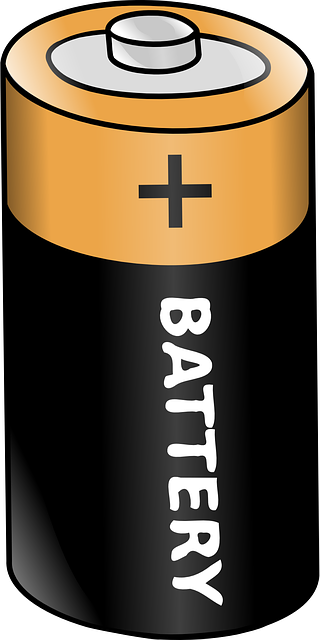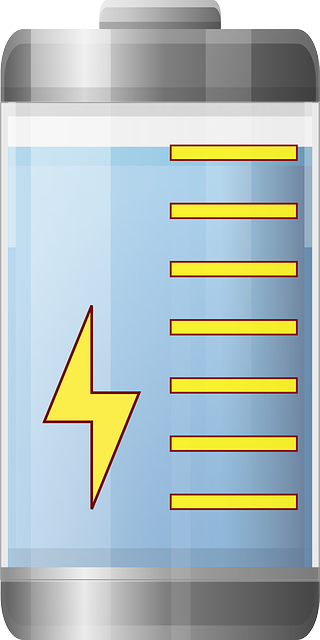Button batteries, found in various household electronics like remote controls, watches, and children's toys, are highly hazardous if ingested by children or pets. Upon contact with bodily fluids, these batteries can cause severe chemical burns due to their alkaline nature. Symptoms of button battery ingestion include vomiting, abdominal pain, changes in stool color, lethargy, difficulty swallowing, and hoarseness. Prompt medical attention is essential to prevent long-term damage and complications such as internal tissue necrosis or perforation. To prevent accidents, it's important to practice safe handling and disposal of these batteries, use child-resistant packaging, and educate caregivers on the risks and symptoms. Immediate medical intervention is crucial for managing ingestion cases, and early detection can significantly improve health outcomes. Awareness and proactive measures in product design, packaging, and public education are vital to reduce the risk of button battery-related injuries. If a button battery is ingested, do not attempt to remove it yourself; seek professional medical assistance immediately for proper treatment.
Button batteries, small but potent, pose significant health risks. This article sheds light on the critical symptoms of button battery poisoning and the chemical reactions that make them hazardous. From immediate indicators to long-term effects, we explore the dangers of these cells, commonly found in household items. Understanding the risks is paramount for prevention and implementing emergency protocols. Recognizing these symptoms can be lifesaving, as is adhering to safety measures to avoid such injuries.
- Understanding the Risks of Button Battery Exposure
- Identifying the Immediate Symptoms of Button Battery Poisoning
- The Chemical Reaction: How Button Batteries Cause Harm
- Long-Term Effects of Button Battery Ingestion
- Prevention Strategies and Emergency Protocols for Button Battery Injuries
Understanding the Risks of Button Battery Exposure

Button batteries, small cells that power an array of everyday electronic devices, pose significant risks if ingested by individuals, particularly young children and pets. These batteries can cause severe chemical burns upon contact with bodily fluids due to their high voltage and alkaline content. The corrosive nature of these substances can lead to serious damage within hours if not addressed promptly. Immediate medical attention is crucial once ingestion is suspected, as the battery can begin eroding tissue almost instantly. Understanding the risks associated with button battery exposure necessitates awareness of their potential for accidental ingestion in household items such as remote controls, musical greeting cards, watches, and hearing aids. Preventative measures include securely disposing of used batteries, child-resistant packaging, and educating caregivers about the dangers and symptoms associated with button battery ingestion. Recognizing the severity of this hazard and taking proactive steps to mitigate the risks is essential for protecting public health and safety.
Identifying the Immediate Symptoms of Button Battery Poisoning

If an individual ingests a button battery, it is critical to recognize the immediate symptoms associated with button battery poisoning. These symptoms can manifest quickly and require prompt medical attention. The initial signs may include vomiting, abdominal pain, and a change in stool color to dark or black, which can indicate that the battery has begun corroding internally. Additionally, lethargy or a drop in energy levels may occur. The presence of a button battery can cause chemical burns in the esophagus, stomach, or intestines, leading to serious complications if not treated urgently. Symptoms such as difficulty swallowing, salivation, or hoarseness may also appear, as the battery can become lodged in these areas, necessitating immediate intervention to prevent further damage. It is imperative to seek medical care right away if a button battery is suspected to have been ingested due to the potential for severe and life-threatening injuries. Recognizing the symptoms early on can significantly improve the outcome for the affected individual.
The Chemical Reaction: How Button Batteries Cause Harm

Button batteries, small disc-shaped cells commonly found in household items such as remote controls, watches, and children’s toys, can cause significant harm upon ingestion. When these batteries come into contact with bodily fluids, a chemical reaction occurs. The primary hazard arises from the reaction between the battery’s alkaline electrolyte and body tissues, particularly when the battery is retained in the esophagus, stomach, or intestines. This reaction can generate significant amounts of hydroxide ions, leading to caustic injury, which may result in tissue necrosis, perforation, or even chemical burns. The presence of these batteries within the body can also cause a leakage of corrosive alkaline fluid, further exacerbating the damage. The severity of injury can vary depending on factors such as battery type, size, and duration of exposure, as well as the individual’s anatomy and physiology. Prompt medical attention is critical to mitigate the effects of this reaction and to increase the chances of a favorable outcome in cases of button battery ingestion.
Long-Term Effects of Button Battery Ingestion

button batteries, which are often found in everyday household items such as remote controls, watches, and hearing aids, can pose a significant health risk if ingested. The long-term effects of button battery ingestion are serious and potentially life-altering. When a button battery is swallowed, it reacts with bodily fluids, generating an alkaline caustic substance that can cause severe chemical burns to the esophagus, stomach lining, or intestines. These burns can lead to chronic pain, internal scarring, and even perforation of these organs if not promptly addressed with medical intervention. The corrosive nature of the reaction can also disrupt normal physiological functions, potentially leading to long-term gastrointestinal complications or the need for surgical interventions. It is crucial for individuals who suspect button battery ingestion to seek immediate medical attention to minimize damage and prevent these serious long-term outcomes. Early diagnosis and treatment are key to improving prognosis and quality of life for affected individuals.
Prevention Strategies and Emergency Protocols for Button Battery Injuries

To prevent button battery injuries, it is crucial to adopt cautious handling and proper disposal practices. Firstly, keep button batteries out of reach of children and pets, as they can be enticing due to their size and sometimes coin-like appearance. Parents and caregivers should ensure that devices containing these batteries are secured with tamper-resistant packaging and that spent batteries are disposed of responsibly. Secondly, battery-operated devices should be regularly maintained to prevent accidental exposure. It’s also advisable to educate oneself and others on the risks associated with button batteries, as awareness can significantly reduce the likelihood of ingestion or contact with skin.
In the event of a button battery incident, immediate medical attention is paramount. Emergency protocols involve prompt removal of the battery, which should only be attempted if the individual is conscious and the battery has been ingested. Do not induce vomiting or attempt to retrieve the battery if it has penetrated the digestive tract. Instead, contact emergency services or a medical professional immediately for proper intervention. If the battery has come into contact with skin, rinse the area with copious amounts of water and seek medical advice posthaste. The goal in both prevention and response is to mitigate the risks associated with button batteries, which can cause severe chemical burns if left unaddressed. Always prioritize safety measures to prevent exposure and be prepared with a clear action plan should an incident occur.



